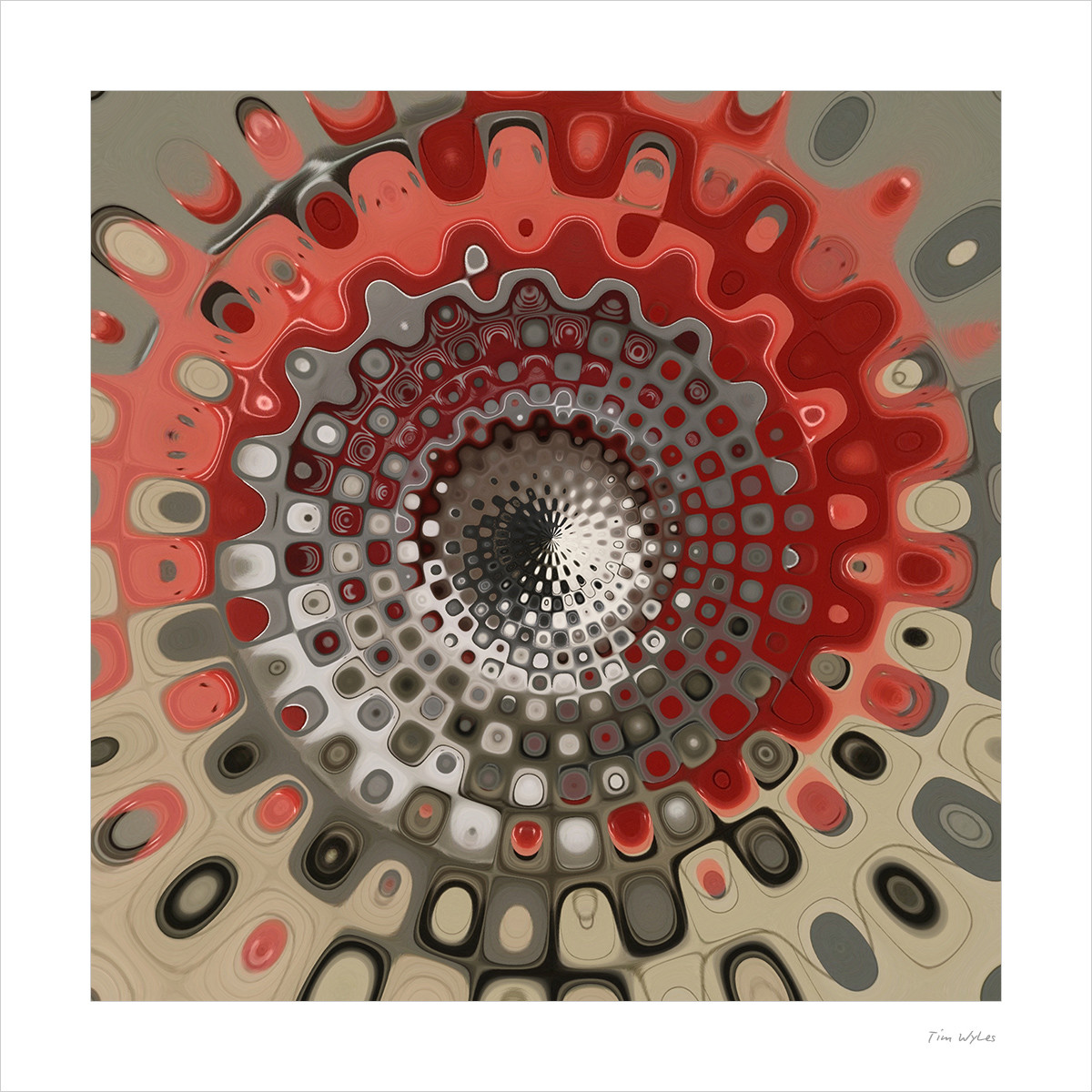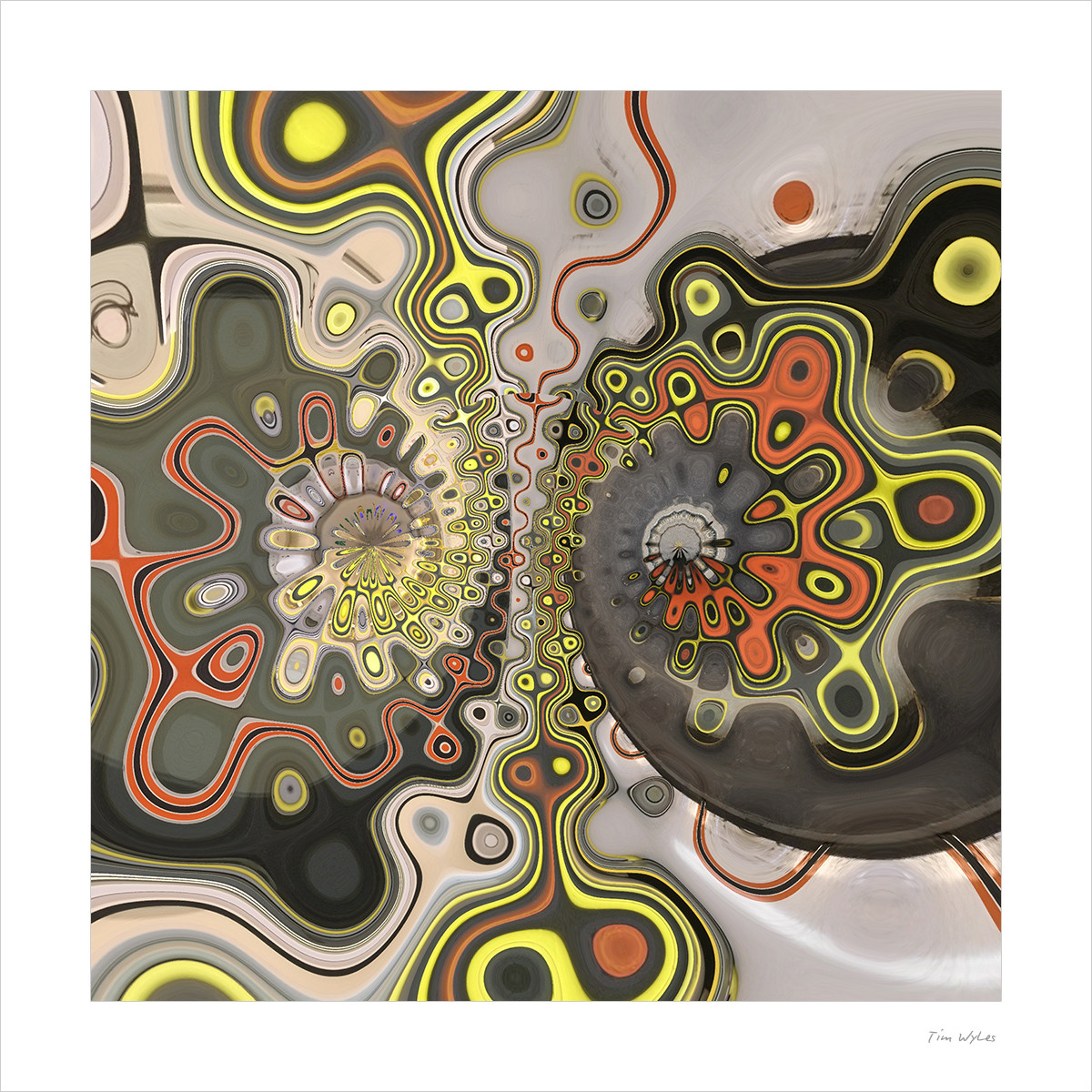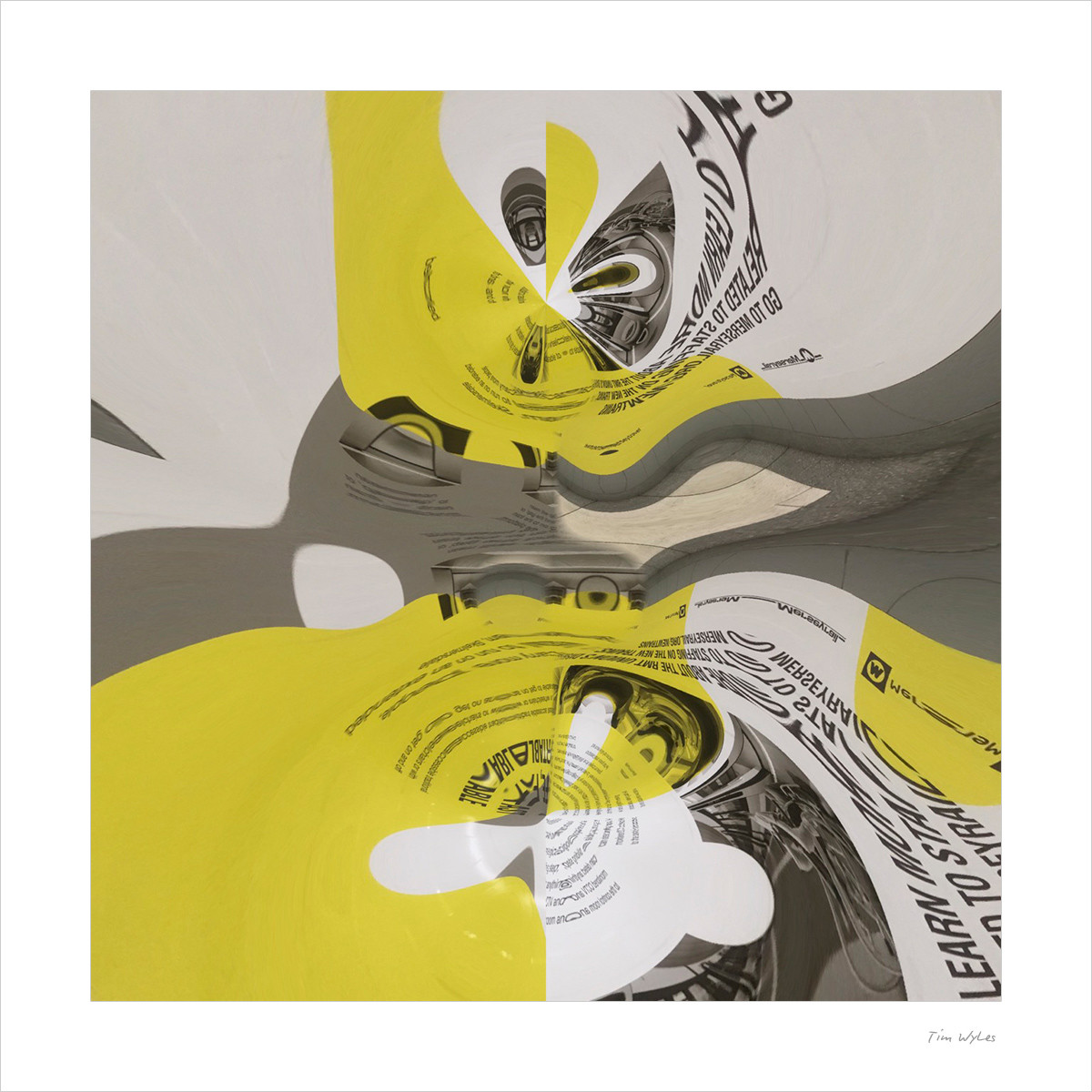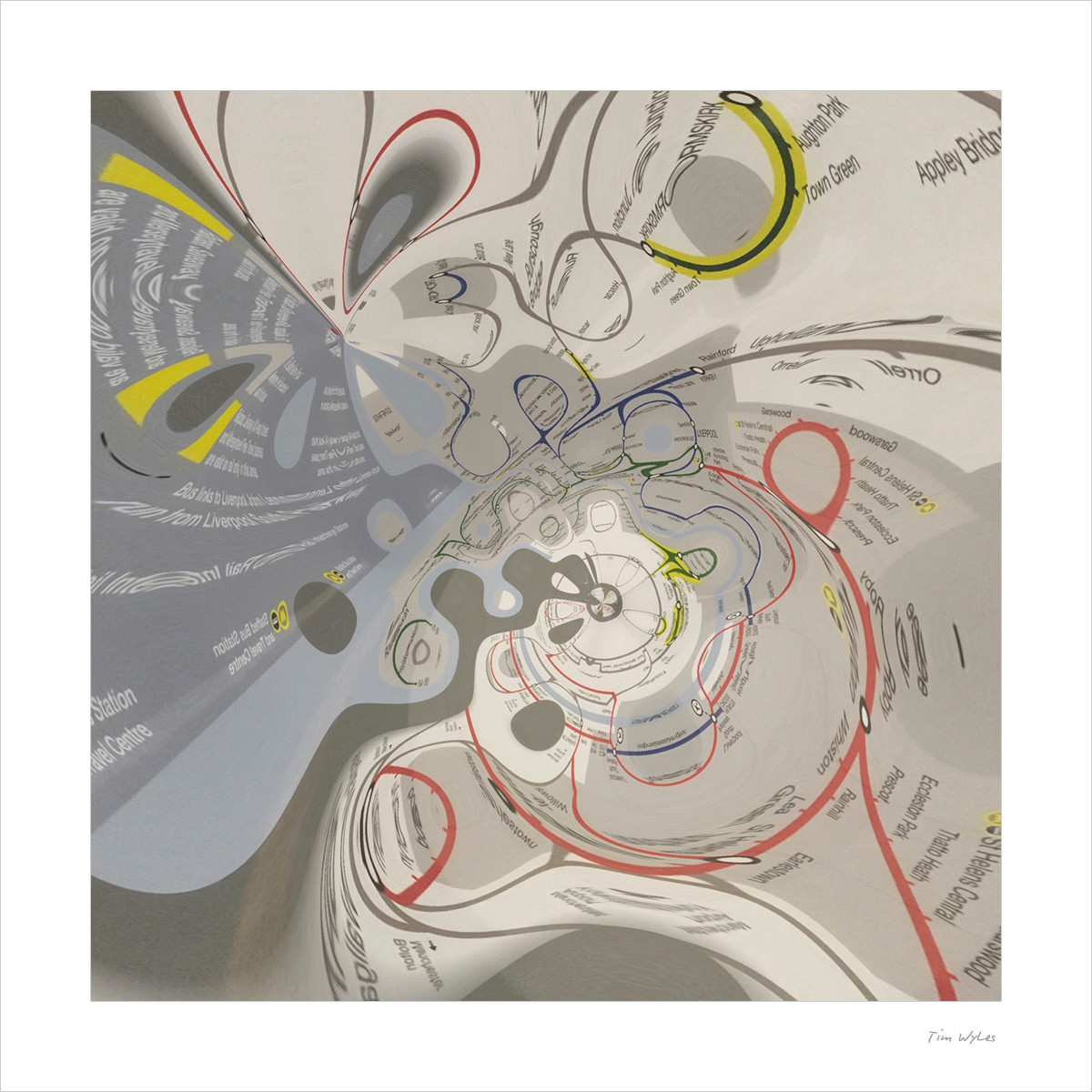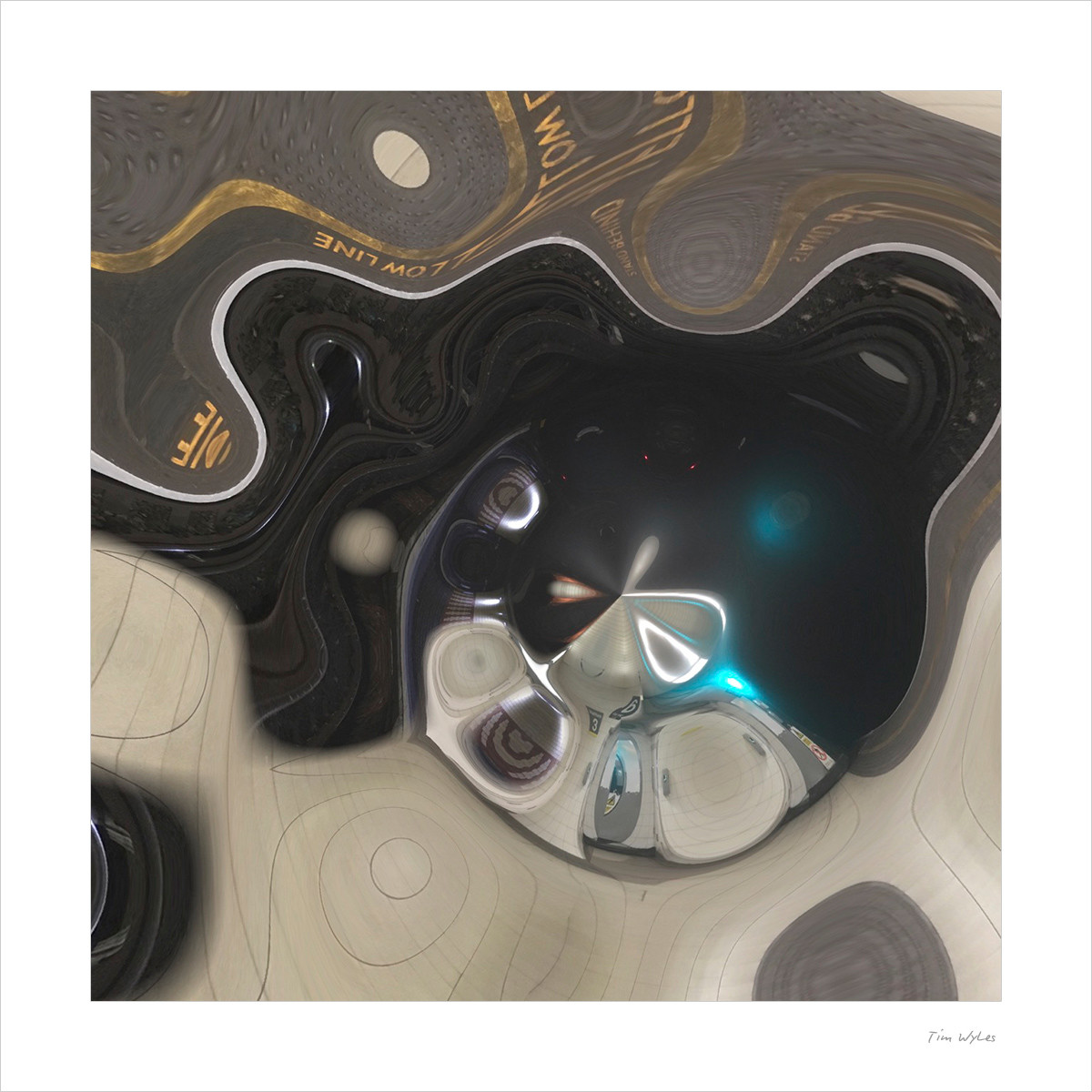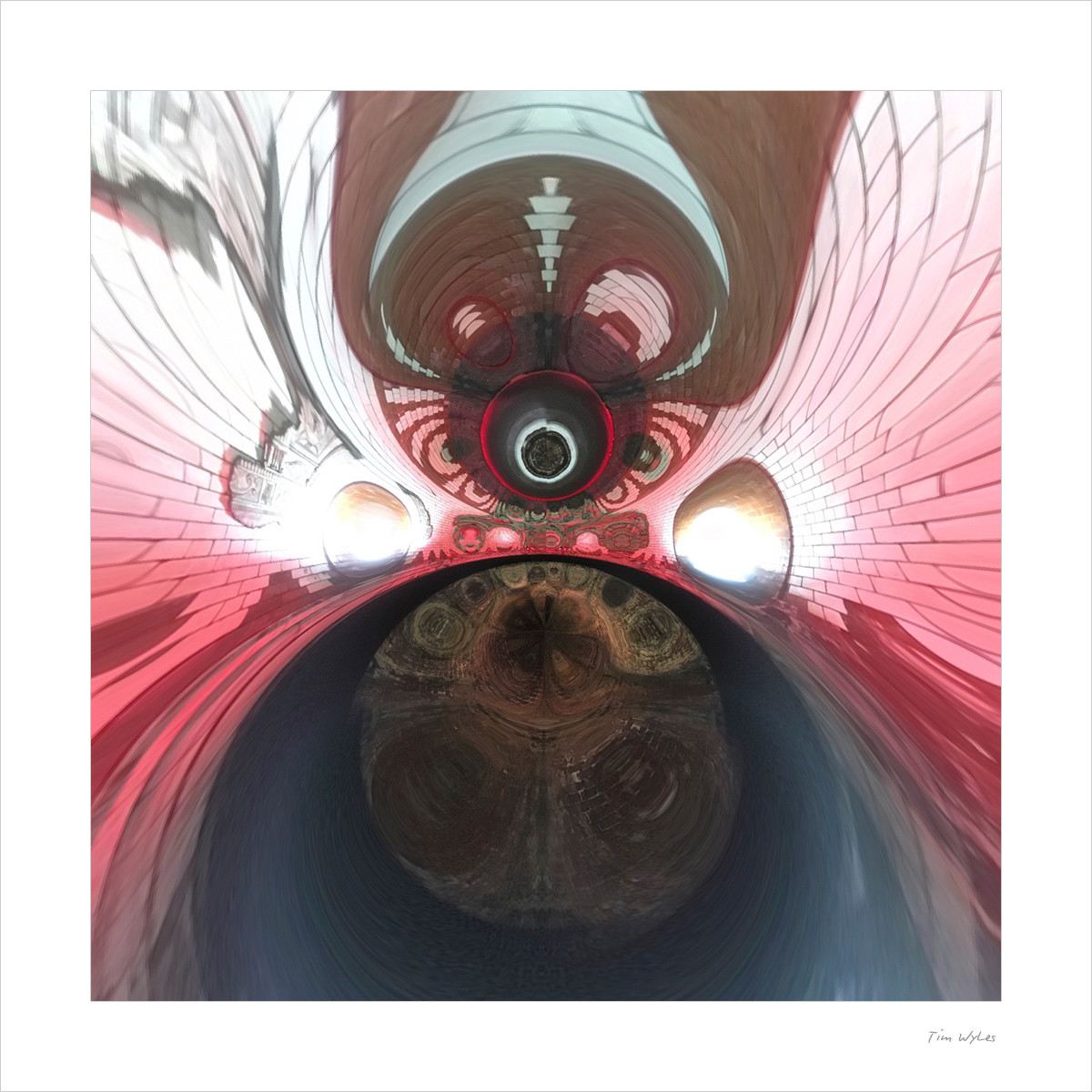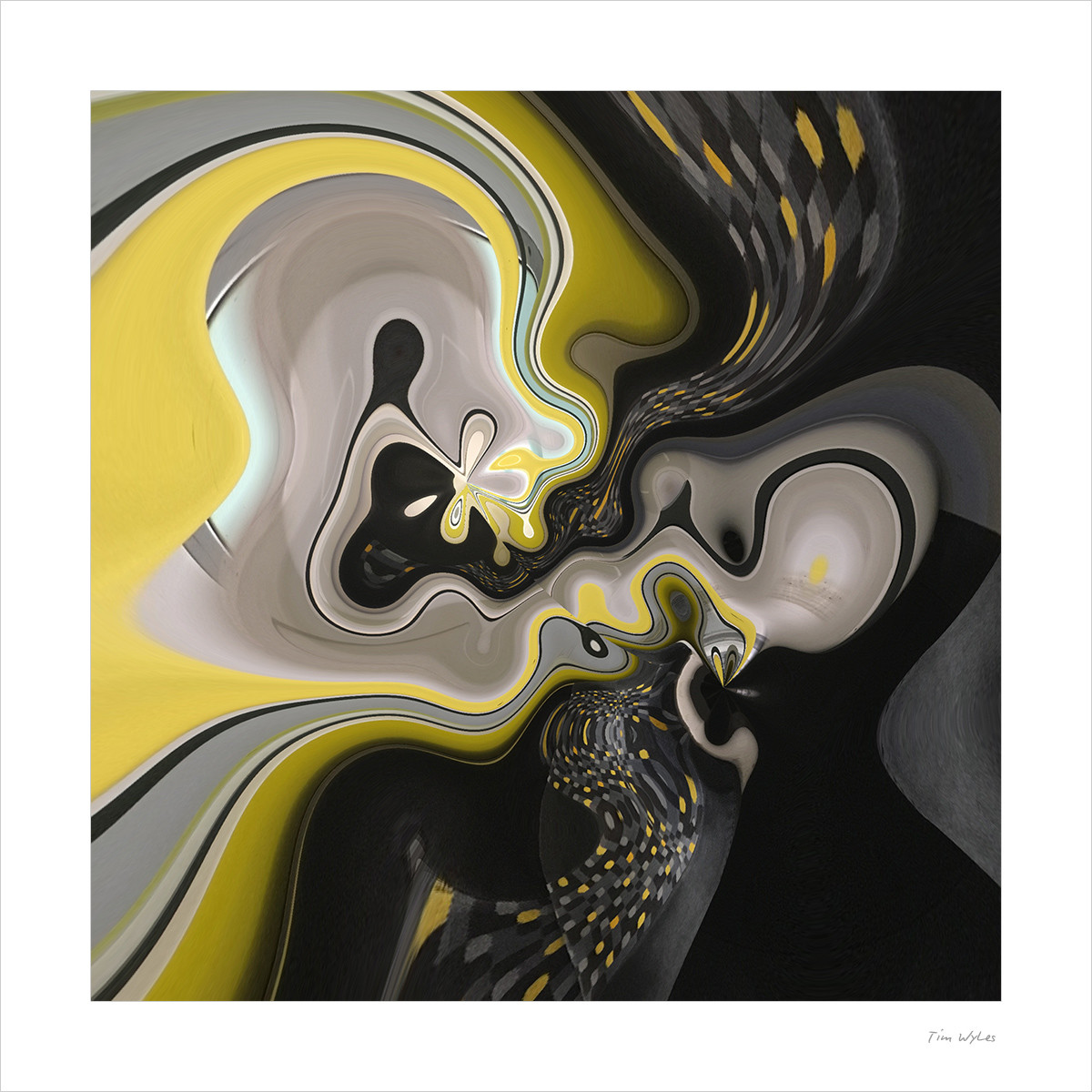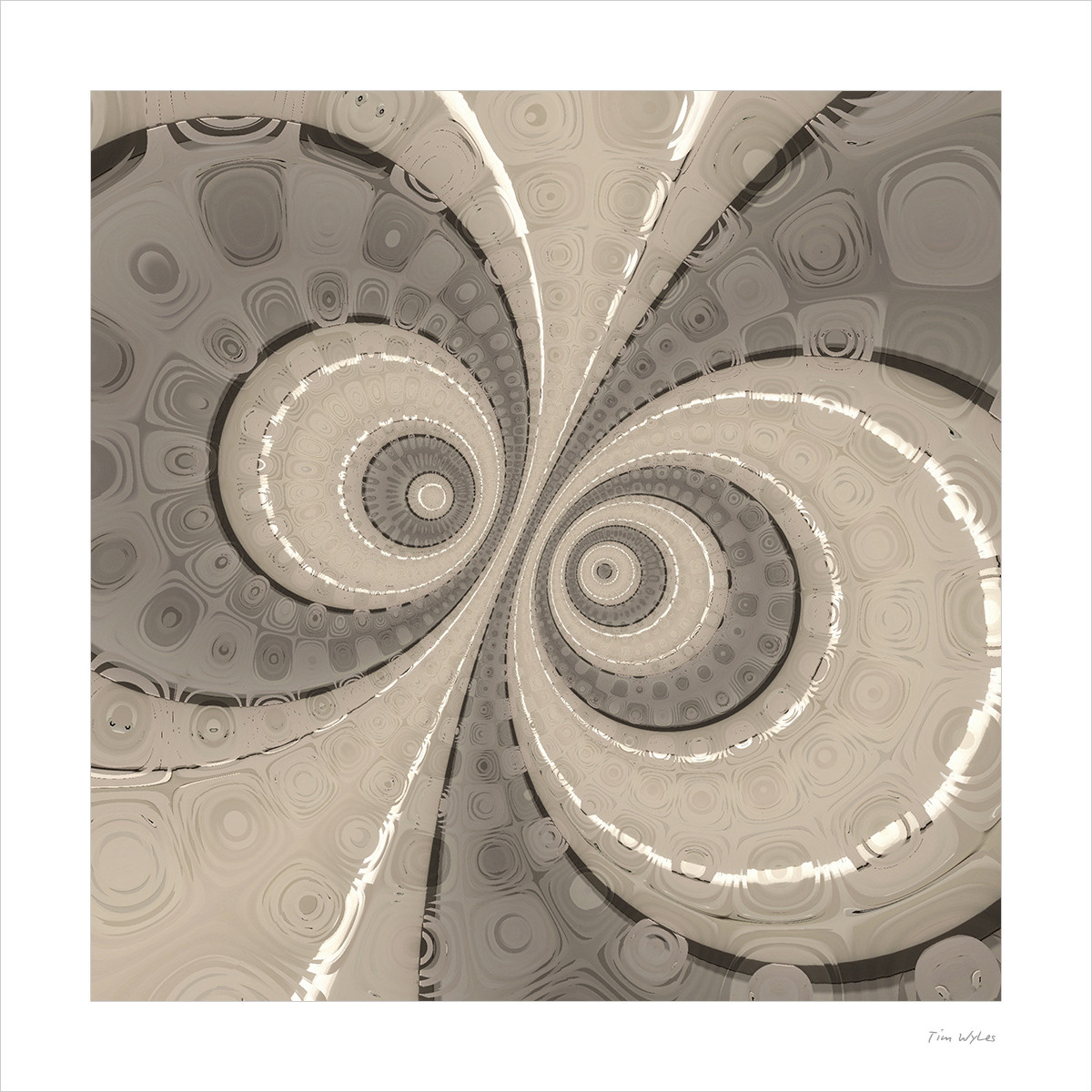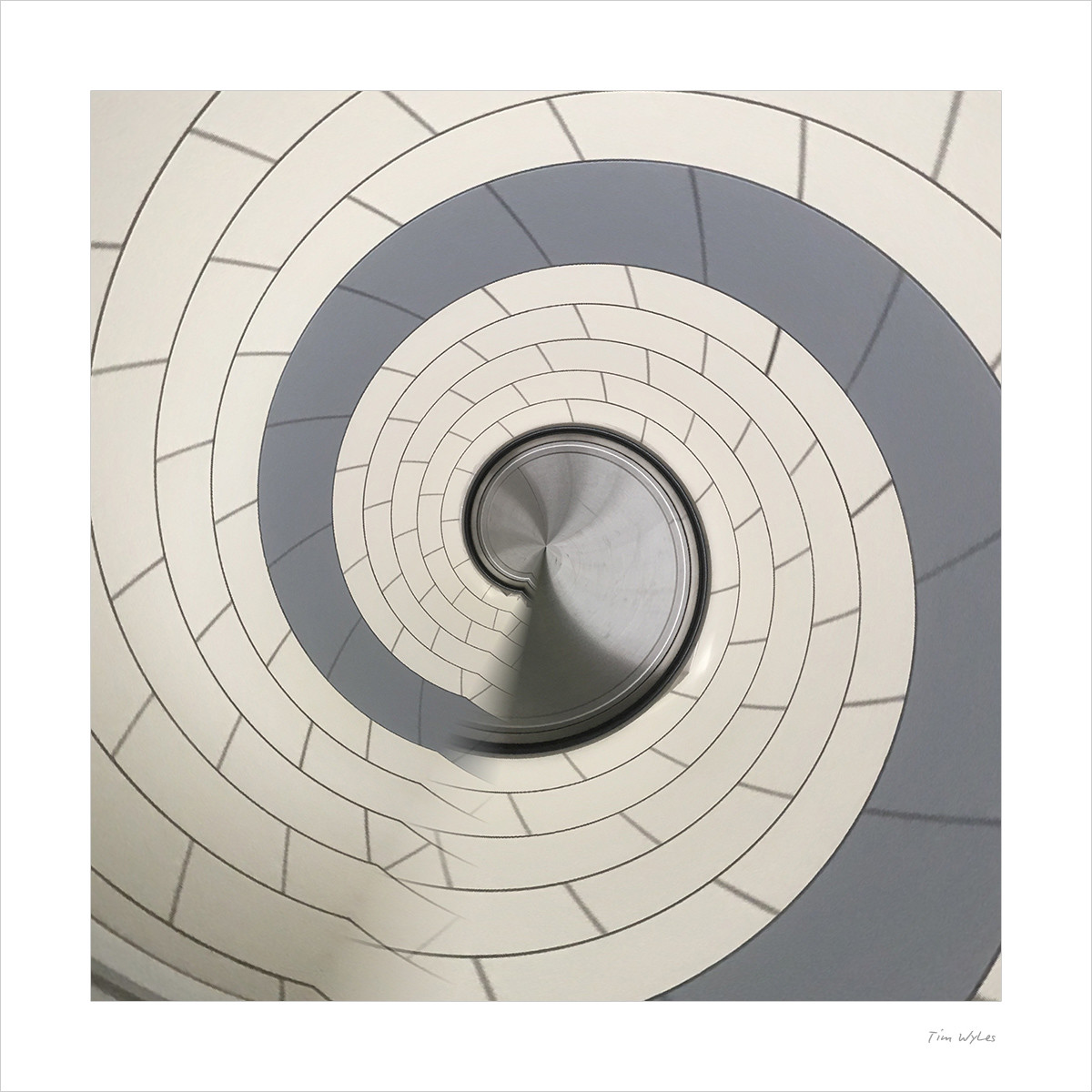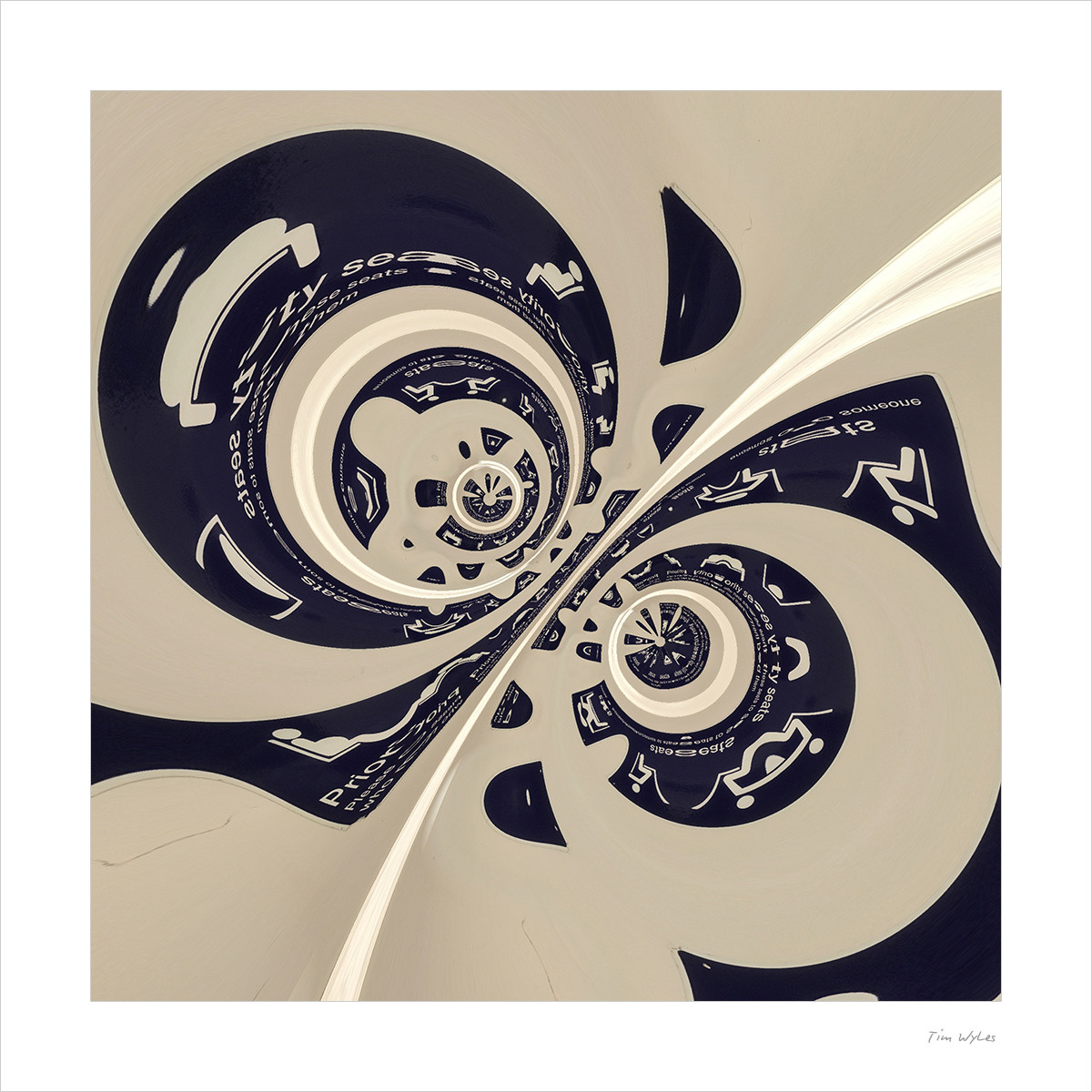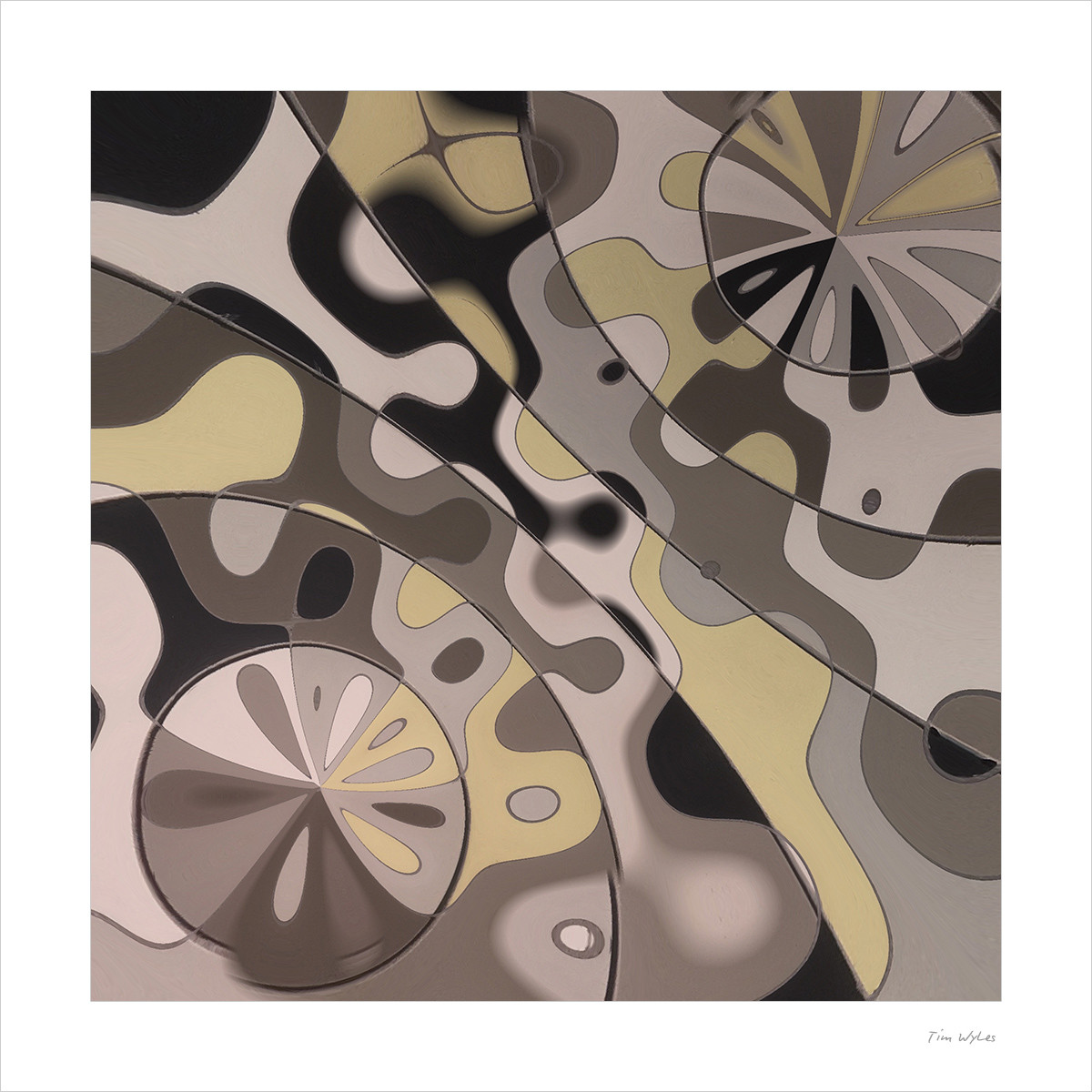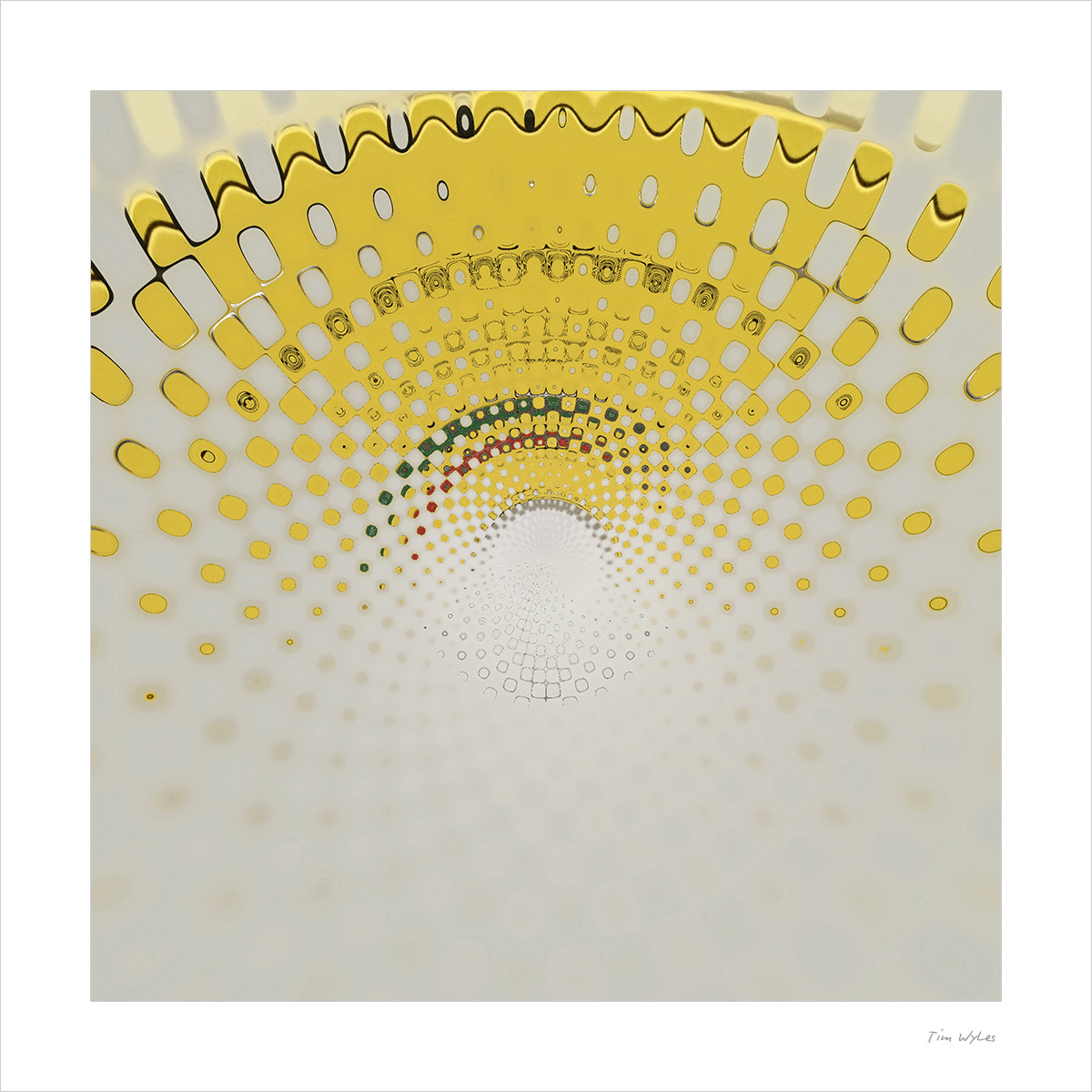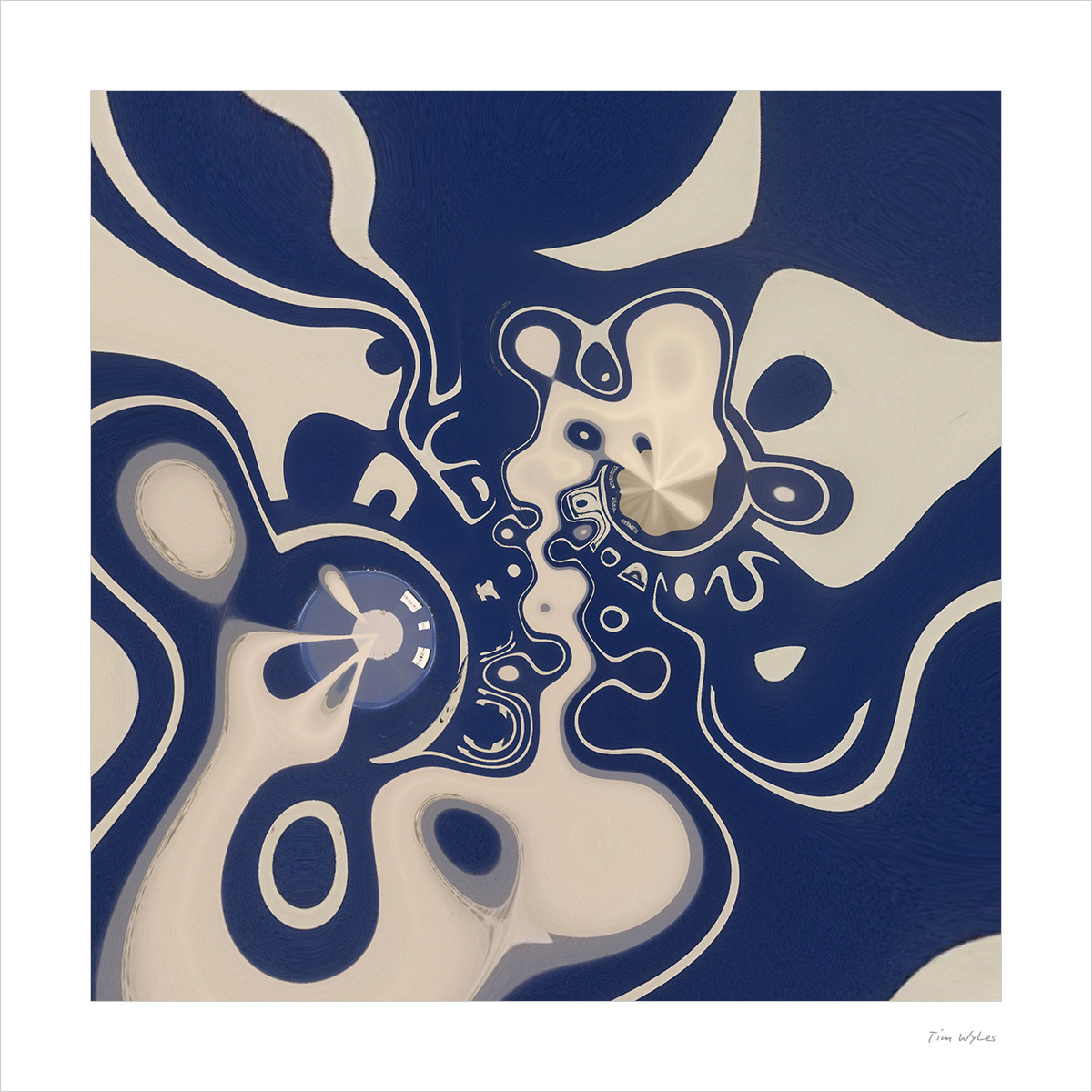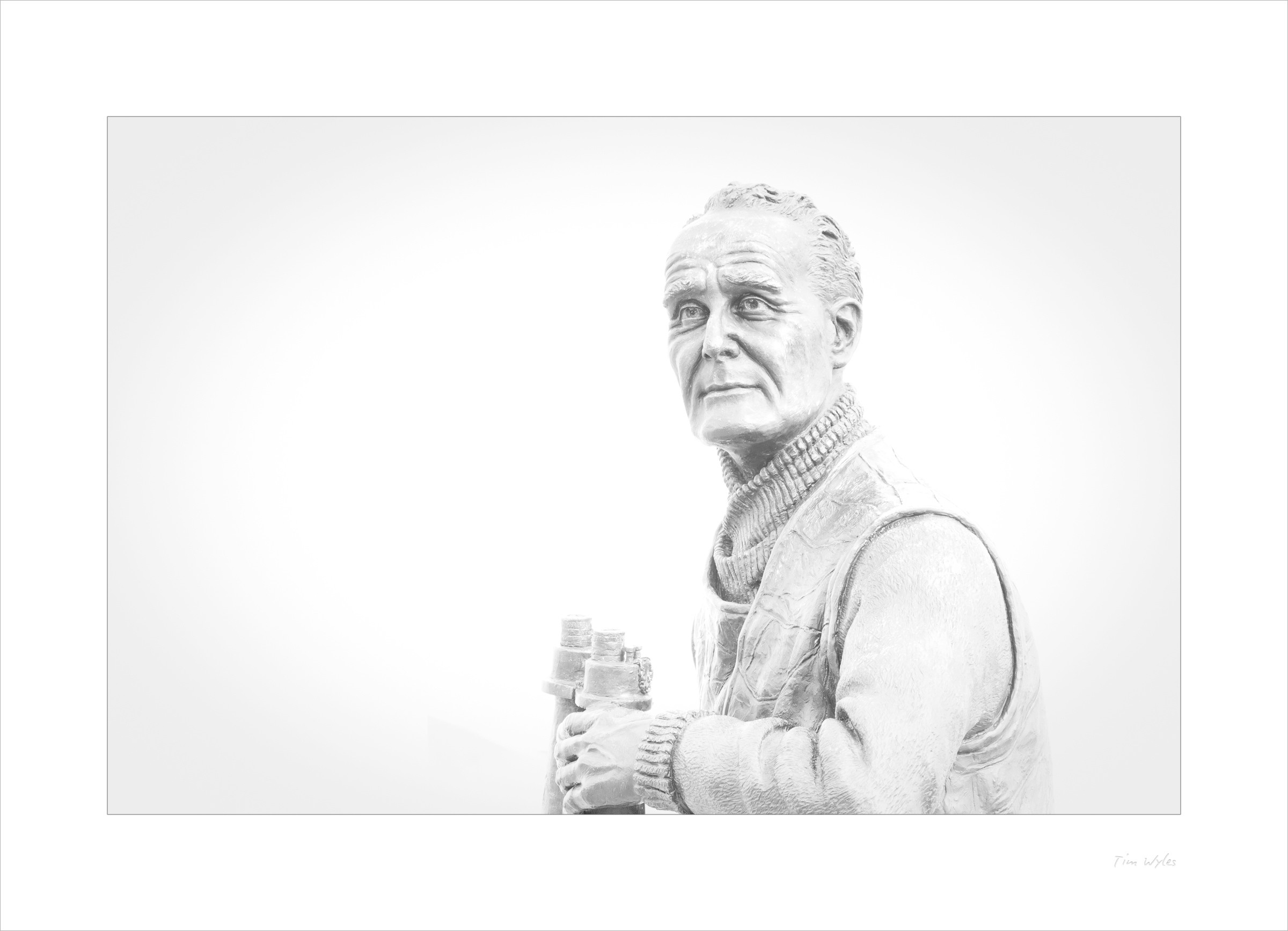Canon EOS M6, 100 mm, ISO 200, 20 sec @ f/11
Last Sunday I did something I haven’t done in a while and attended a photography workshop. This was organised by Cambrian Photography Limited in Colwyn Bay and run by Paul Sanders. It was actually called a Fujifilm X-Series and GFX workshop but the initial blurb I saw on Facebook suggested that (a) you don’t need to own a Fuji camera and (b) you need to arrive with an open mind and a liking of cake. Two ticks for me!
The night before I was umming and ahhing over what to take and decided to persevere with my lightweight travel kit. I haven’t used the 5D Mk1 at all since getting the M6 back in August but I still have use of all my lenses thanks to the adaptor.
I ended up packing the M6 along with Canon’s EF-M 22mm f/2 STM, EF 40mm f/2.8 STM pancake and EF 100mm f/2.8 Macro USM. As it happened I only used the 100 mm lens throughout the day.
After a decent bacon and sausage buttie at Blod’s Cafe I wandered over to Cambrian and met some of the other attendees outside the shop. We were soon ushered inside to where others were waiting and after a brief introduction by Paul we set out.
The plan was for long exposures on the beach in the morning and macro at Aber Falls in the afternoon. We ended up at Penrhyn Bay for the long exposures which was fine until I realised I’d forgotten my tripod adaptor! Duh! Fortunately I was able to borrow a tripod so eventually took a few shots. Finally after trying for months I managed to make good use of my mist filter. Normally the effect ends up looking forced and unnatural but I think this time it helped things. Speaking of filters I decided that I really did need to equip myself with a hard ND grad filter rather than my soft grad for use in such scenarios where the horizon is pronounced.
After a couple of hours we headed to a local cafe, The Loaf for lunch. Another attendee, Jonathan (a fellow Lenswork subscriber), and I sat with Denis and Fre Hocking over an enjoyable long lunch.
Suitably fed and watered we headed out to Aber Falls. I don’t particularly enjoy macro but there were more opportunities for long exposures in a little stream or of course at the waterfall itself. I chose not to trek to the falls but to potter around by the stream near the car park.
The day was well organised, and very relaxed. We overrun by a hour or so, likely due to the extended lunch break but no-one was complaining. It was a great day with lots of assistance being offered by Paul and the whole Cambrian Photography team. Being Wales it obviously rained during part of the day but it was at the very tail end and didn’t spoil anything.


